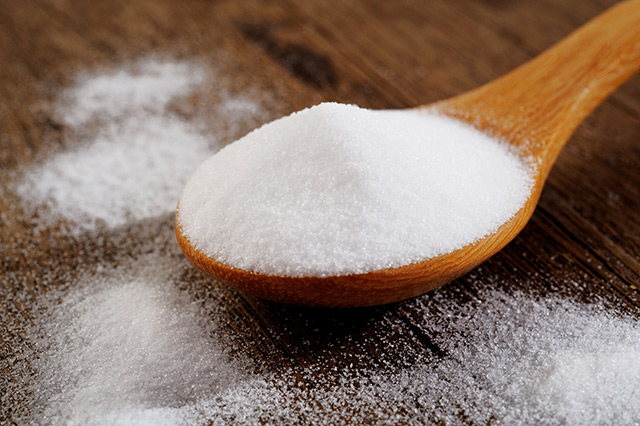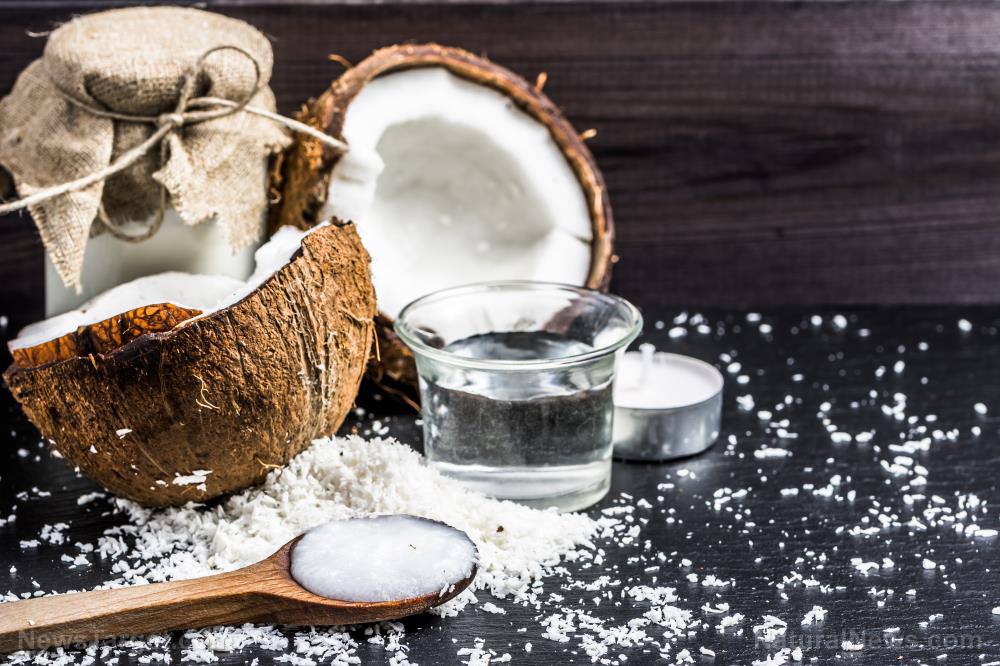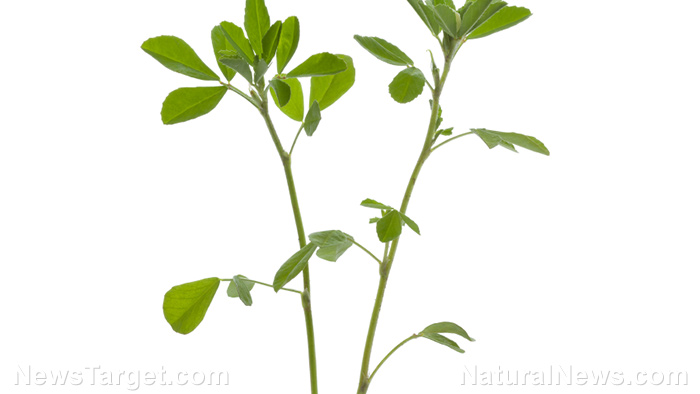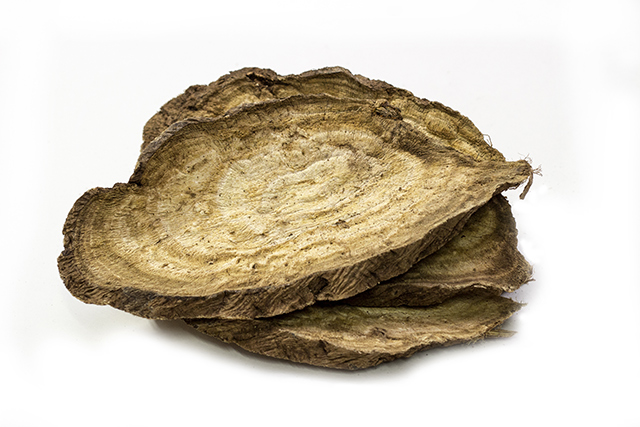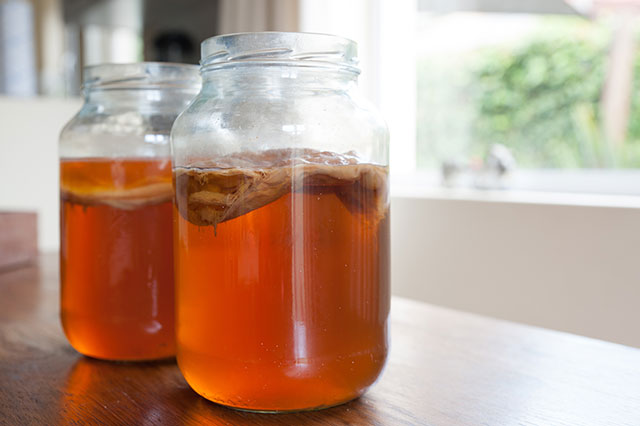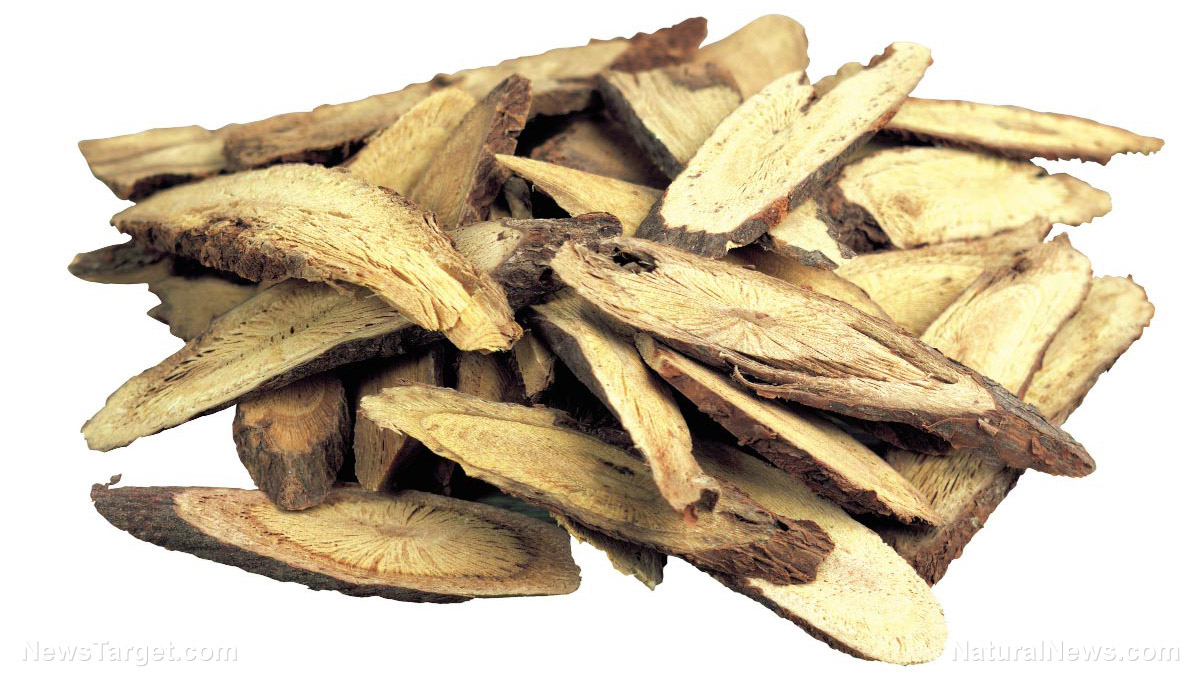Foraging for hygienic resources: Plants the Native Americans used to make soap (which can still be found today)
02/27/2018 / By Zoey Sky

In the past, the Native Americans and early European settlers learned to adapt to their environment. Since they didn’t have access to commodities like shampoo and soap, they made do with what nature provided.
Sanitation was a crucial yet challenging task at the time, and they learned to use versatile Native American plants to wash their clothes. They also used soap plants to clean both their hair and body. (h/t to PreppersWill.com)
Most Native American plants contain saponins — steroids that dissolve in water and “create a stable froth.” The immune system of some plants will produce saponins to prevent insect attacks. These chemical compounds are also “natural antimicrobials” which protect the seeds of the plants.
Female settlers were tasked with making soap, and all year they would store cooking grease and animal fat for soap-making day, which took place one day a year before spring cleaning.
The women gathered ashes from the fireplaces to make lye. The lye was made in a hollowed out wooden log, which had holes cut through the bottom to drain any liquid. The tub was lined with straw, twigs, and sticks and filled with ashes. Rainwater was trickled through to leach out the lye.
Soap was either made directly from Native American soap plants or from oil and lye. Here are some of the most common Native American soap plants:
Mountain lilac – There are over 50 species of mountain lilac shrubs/small shrub trees, which are also called soap bush. Most of the species are confined to North America, and they are fairly common throughout the southwest. Mountain lilac is either blue, purple, or white, and shrubs can be found along the trail and on the hillside.
100% organic essential oil sets now available for your home and personal care, including Rosemary, Oregano, Eucalyptus, Tea Tree, Clary Sage and more, all 100% organic and laboratory tested for safety. A multitude of uses, from stress reduction to topical first aid. See the complete listing here, and help support this news site.
While different species can be used as soap plants, their botanical properties will often differ. To check if the mountain lilac species you have can be used as soap, try this test: get a handful of blossoms, add water, then rub them between your hands.
Amole – A common plant, amole is part of the lily family. It is easy to identify thanks to its long liner leaves that grow from the base of the plant. Amole develops flowers on a long stem, and it grows a large brown, tennis ball-sized bulbs. To reach the bulb, which is used to make soap, you must dig at least a foot underground.
An amole bulb is often covered in layers of brown fibers. Simply remove the fibers until you see the white bulb. The white bulb is sticky and has many layers, similar to an onion. Take some of the layers, add water, and rub between your hands. This will result in a rich lather that can be used as soap for when you’re taking a bath, washing your hair, and even for cleaning your clothes. The bulb can also be dried for later use, but suds from a fresh bulb are soapier.
Bouncing bet – Also called soapweed, soapwort, or crow soap, bouncing bet is an introduced plant. This means it wasn’t used often by Native Americans. Bouncing bet was mostly used in European countries as a soap substitute. While its leaves and the roots can both be used, the leaves are often used as soap since it will also help keep the plant alive.
To make soap from bouncing bet leaves, you can agitate the fresh leaves between your hands with water. You can also boil them to create a lather liquid that will dissolve fats or grease. Get a handful of fresh leaves, then bruise and chop them. Soak the leaves in a pint of water for 30 minutes. Strain the liquid and use it like liquid soap.
Bouncing bet has satisfactory cleansing proprieties. You can plant it in your off-grid garden as a useful ornamental. Use the plant as soap substitute all year round if there isn’t any snow.
Buffalo gourd – This plant can be found in the central and southwestern United States. Buffalo gourd can also be found in northern Mexico, and it also grows in vacant urban lots. It’s also called coyote melon.
Take note that the leaves of the buffalo gourd must be handled carefully since they’re covered with “tiny rigid spines.” The tiny spines/hairs are known to irritate the skin of some individuals. Because of this, buffalo gourd is usually considered as a last resort by most preppers.
Yucca. One of the most common Native American soap plants, yucca has many other uses. The plant produces a stemless cluster of long, rigid leaves that have a sharp and pointed end. Yucca leaves are eight to 35 inches long, and they are gray-green in color.
Although many prefer to use the root to make soap, digging up yucca root takes a lot of work. Always check if the species is included in the endangered list to avoid getting fined.
Yucca soap has excellent cleansing properties, and the leaf fiber also helps scrub what you’re cleaning. Depending on the species, soap made from this plant provides a medium to rich lather. Yucca leaves are available throughout the year, and it can be found all over.
You can also use clematis as a soap plant, a common climbing vine with white or purple flowers. It can be found on the tops of trees. Collect the leaves and flowers and use them as soap.
Finding North American soap plants in your area
Preppers can still use the North American soap plants discussed in this article, and if you’re not sure where to find them in your area, you can ask around at a native plant society. You can also inquire with experts from the botany department of a university in your location.
You can read more articles about other versatile plants and herbs at Preparedness.news.
Sources include:
Tagged Under: foraging, garden, gardening, herbal soap, Herbs, homesteading, Native American plants, off grid, off-grid garden, preparedness, prepper, prepping, remedies, self-reliance, soap plants, survival



